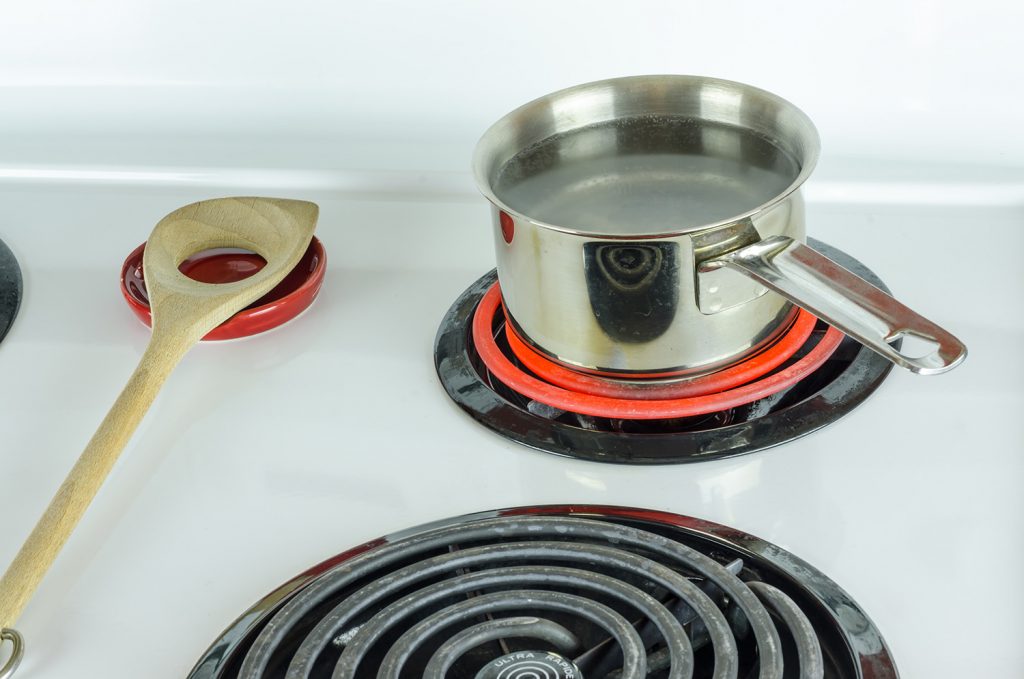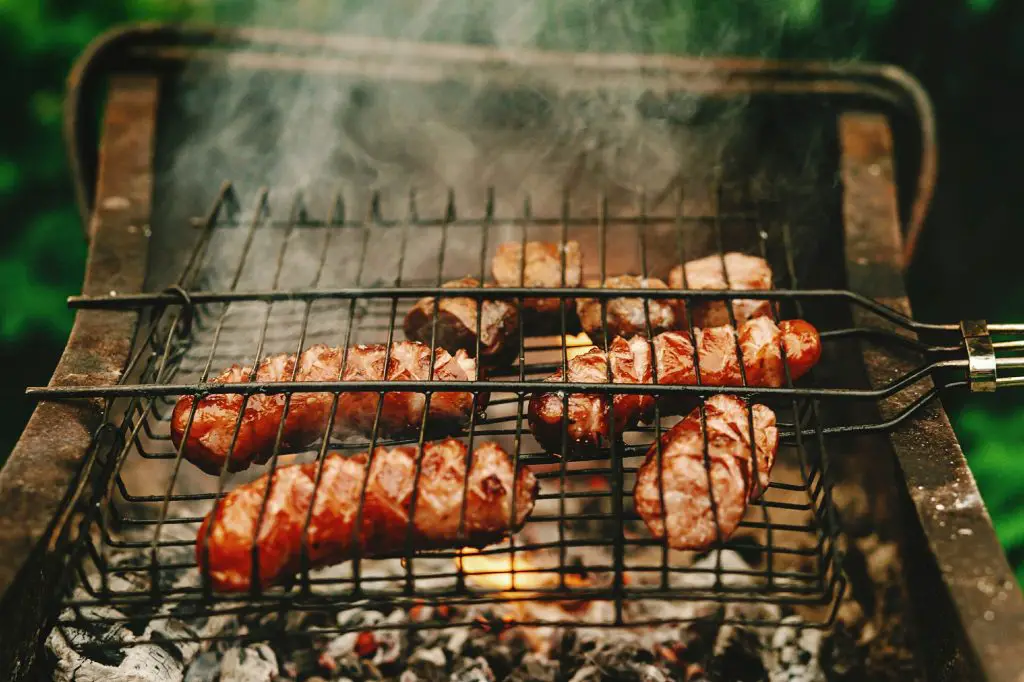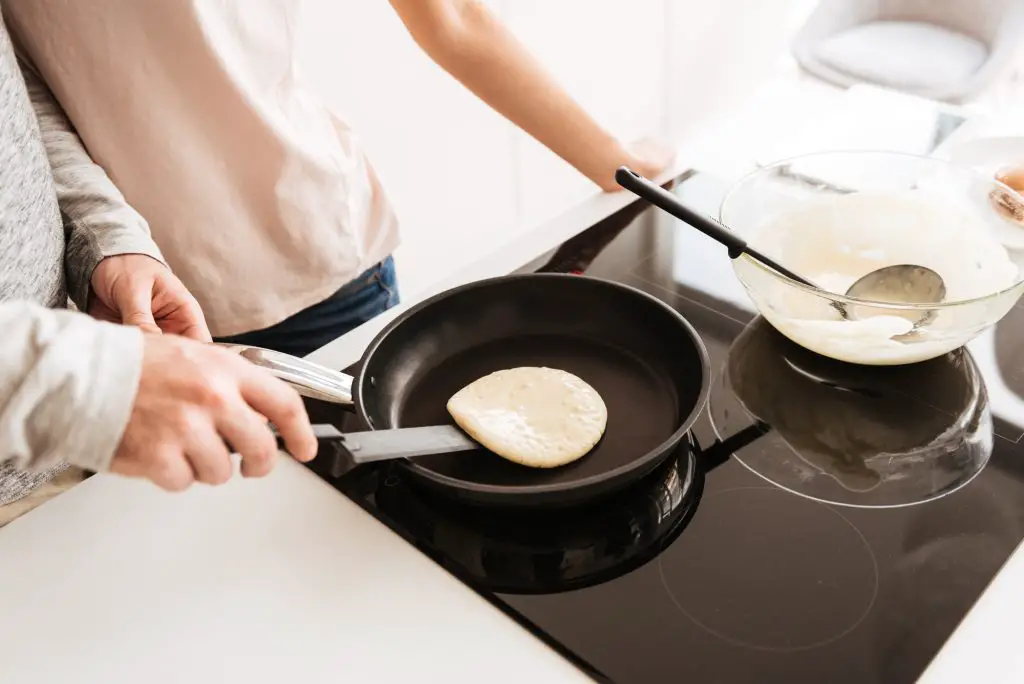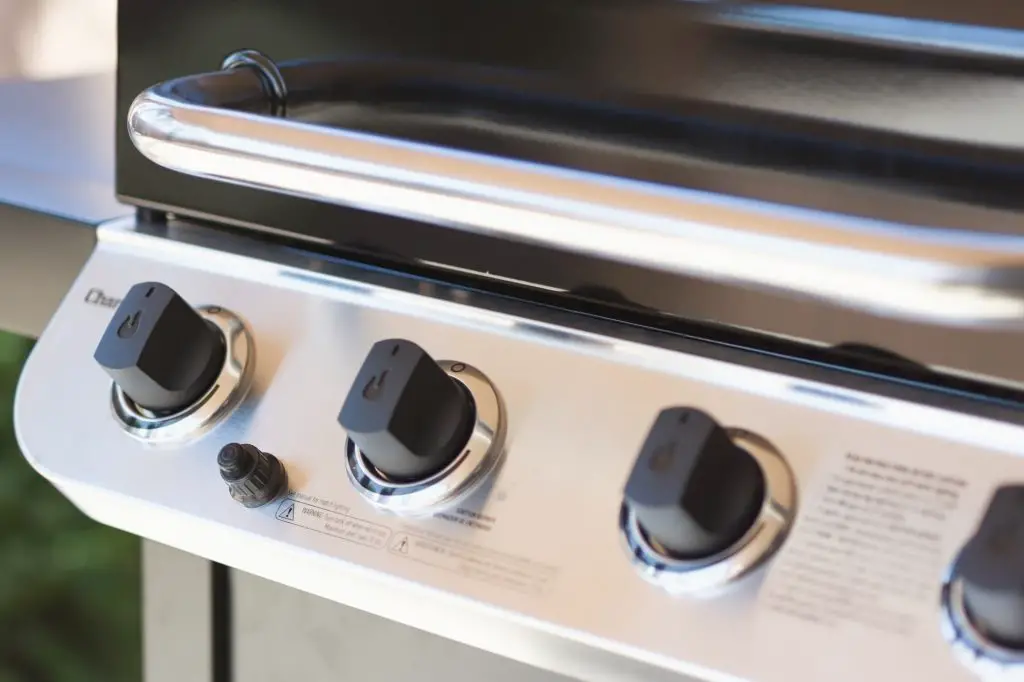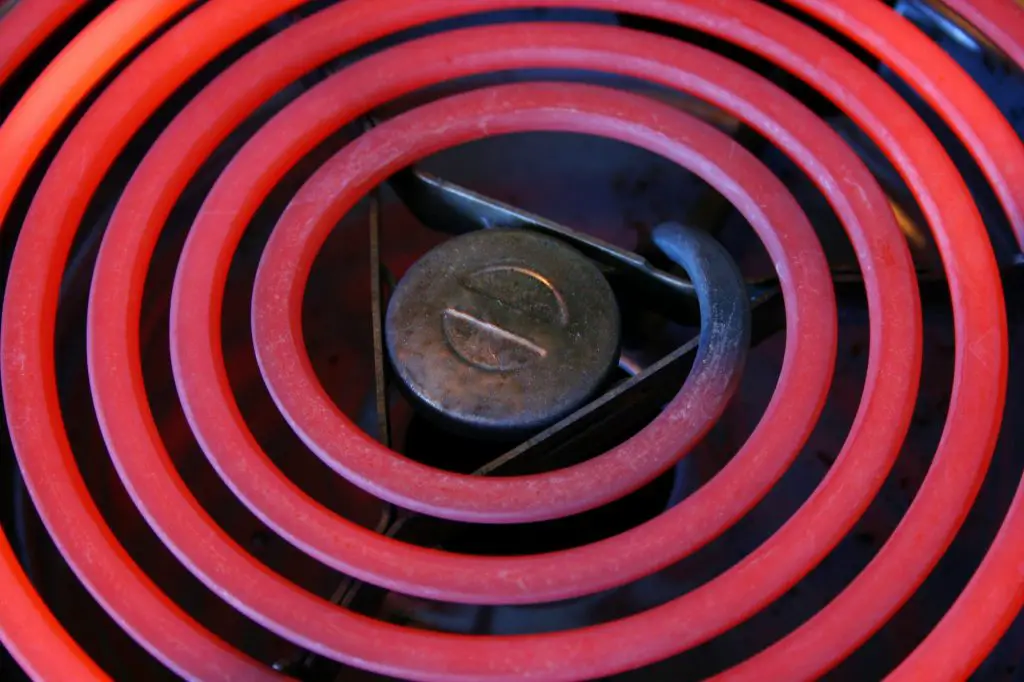It is important to know what appliances in your home are fuel burning in order to make sure it is safe for use and when it comes to carbon monoxide there are lot’s of appliances to watch for in that regard, this has no taste or smell and inhaling it can make one feel unwell.
Fire safety and carbon monoxide poisoning are some of the biggest fears of any household that uses electrical appliances and also when it comes to wintertime heating, that’s all scary stuff which is why it’s essential to understand the risk accurately to help you decide if your space heater is safe.
Electric stoves are generally safer for households however you need to follow some safety precautions to eliminate the risks of burns or fires but they are generally considered safe.
It is quite easy to operate though and is more energy-efficient. When weighing the cost of an electric stove to that of gas stoves, it is cheaper to operate a gas stove for your need but you waste more energy with gas.
You might be surprised to know that they are some common household appliances that can cause serious injuries and fatalities and some of these include carbon monoxide poisoning and electrical fires hence it is important that you examine the model’s safety rating before purchasing.
Table of Contents
Electric Stoves And Carbon Monoxide
Carbon monoxide is a colorless, odorless, tasteless gas produced by burning gasoline, wood, propane, charcoal, or other fuel. When your appliance is fixed in an improperly ventilated area, this may cause the accumulation of carbon monoxide which can be dangerous to health.
Carbon monoxide poisoning affects an unborn baby, infant of people suffering from anemia or people with a history of heart diseases. Carbon monoxide poisoning is dangerous to people who are intoxicated. The symptoms of carbon monoxide are as follows;
- Dull headache
- Dizziness
- Nausea or vomiting
- Shortness of breath
- Confusion
- Weakness
- Blurred vision
- Loss of consciousness
Carbon monoxide can be produced in our homes from;
- Faulty gas appliances such as electric stove, gas water heater, and all gas appliances
- It can also be caused by burning charcoal outside your residence, the use of a generator, or using gas that is meant to be put outside.
- It can be caused by cars abandoned in the car garage for a very long time.
Some facts you should know about carbon monoxide poisoning are listed below. Carbon monoxide can be prevented by properly installing all home appliances, maintenance, and usage.
Furthermore, the proper installation of your appliances is the key to good health. Every new appliance comes with a manual leaflet that all beginners need to read through before getting their appliance installed. Appliances that need to be well ventilated should be ventilated properly and should be installed by professionals.
In addition, when your appliances get faulty consult a good technician, the technician will look at all the loopholes on the appliance and will take adequate measures. All appliances should be serviced regularly.
Lastly, constant preventive measures should be taken on all carbon monoxide-producing appliances. Look for the following conditions and contact a technician immediately for repair; water streaking on the chimney, disconnection, debris from appliances, and missing panel.
Can you get carbon monoxide poisoning from electric stoves?
No, carbon monoxide poisoning can’t be gotten from electric stoves as it is produced by devices that burn fuel, therefore, any fuel-burning device in your home is a potential source for carbon monoxide and electric heaters and electric water heaters, toasters and other electrical gadgets not using fuel do not produce CO under any circumstance. The electric stove does not eliminate the risk of burn and fire but they are generally safe from carbon monoxide.
What appliances give off carbon monoxide?
Household appliances that are sources of carbon monoxide include:
- Gas stoves and ovens
- Grills, generators, power tools, lawn equipment
- Motor vehicles
- Cloth dryers
- Water heaters
- Boilers or furnaces
- Wood stoves
- Fireplaces, both gas and wood-burning.
What are the symptoms of carbon monoxide poisoning?
Carbon monoxide is a very deadly gas to be avoided at all cost, this gas, in particular, has dire effects on the body, and breathing in a lot of CO can make you pass out or kill you however it is often described as having flulike symptoms, some of this common symptoms include:
- Aches and pains
- Nausea and vomiting
- Chest pain and shortness of breath
- Dizziness and lightheadedness
- Balance problems
- Memory problems
- Unconsciousness
- Confusion
- Weakness
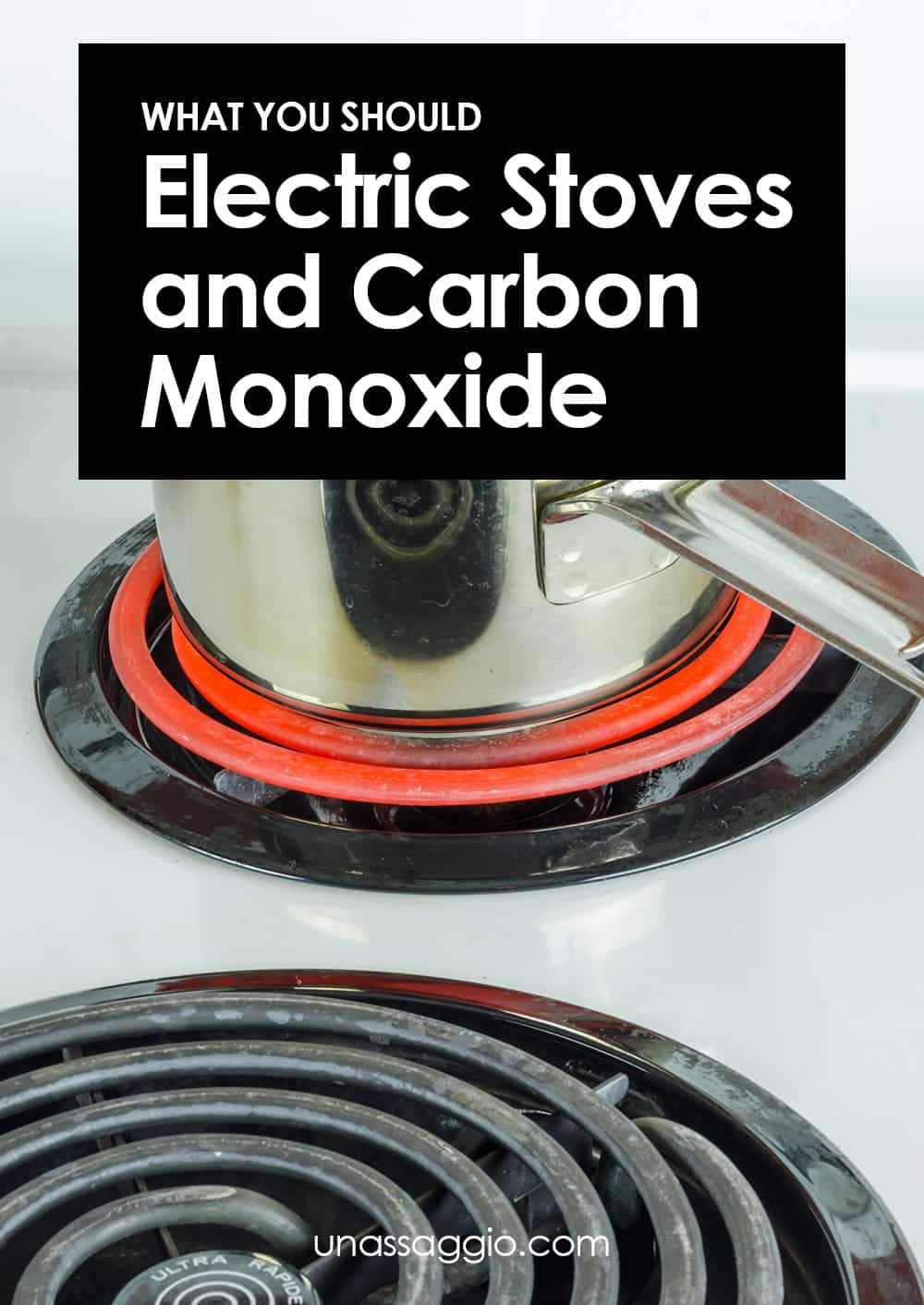
What are acceptable levels of carbon monoxide?
The acceptable level of carbon monoxide is the low level which is 50 PPM and less. The greater level of carbon monoxide is 101 PPM and inhaling this amount is sure to have one experiencing symptoms. The average level of carbon monoxide from gas stoves in a home is also considered acceptable.
Do electric dryers give off carbon monoxide?
No, an electric dryer does not give off carbon dioxide however just like gas, there are large amounts of moist air and lint coming from it and when it accumulates, it can severely cause damages. Venting your electric dryer inside the house can also cause mold and condensation problem
Are electric stoves worth it?
Yes, electric stoves are worth investing in and this is because they are fairly easy to operate and less expensive to install and operate, which makes them a good choice for many people. Electric stoves are also energy efficient.
What does it sound like when a carbon monoxide detector goes off?
The sound made by a carbon detector when it does off is described as a chirping, beeping, and squeaking sound. Most carbon detectors give a short chirp or beep sound and when you hear this, the first thing is paying attention to the exact nature of the sound.

